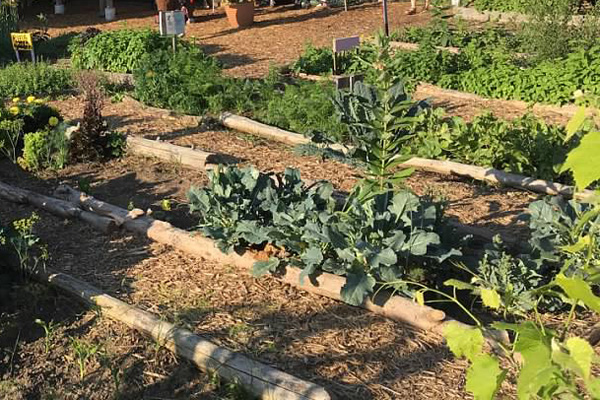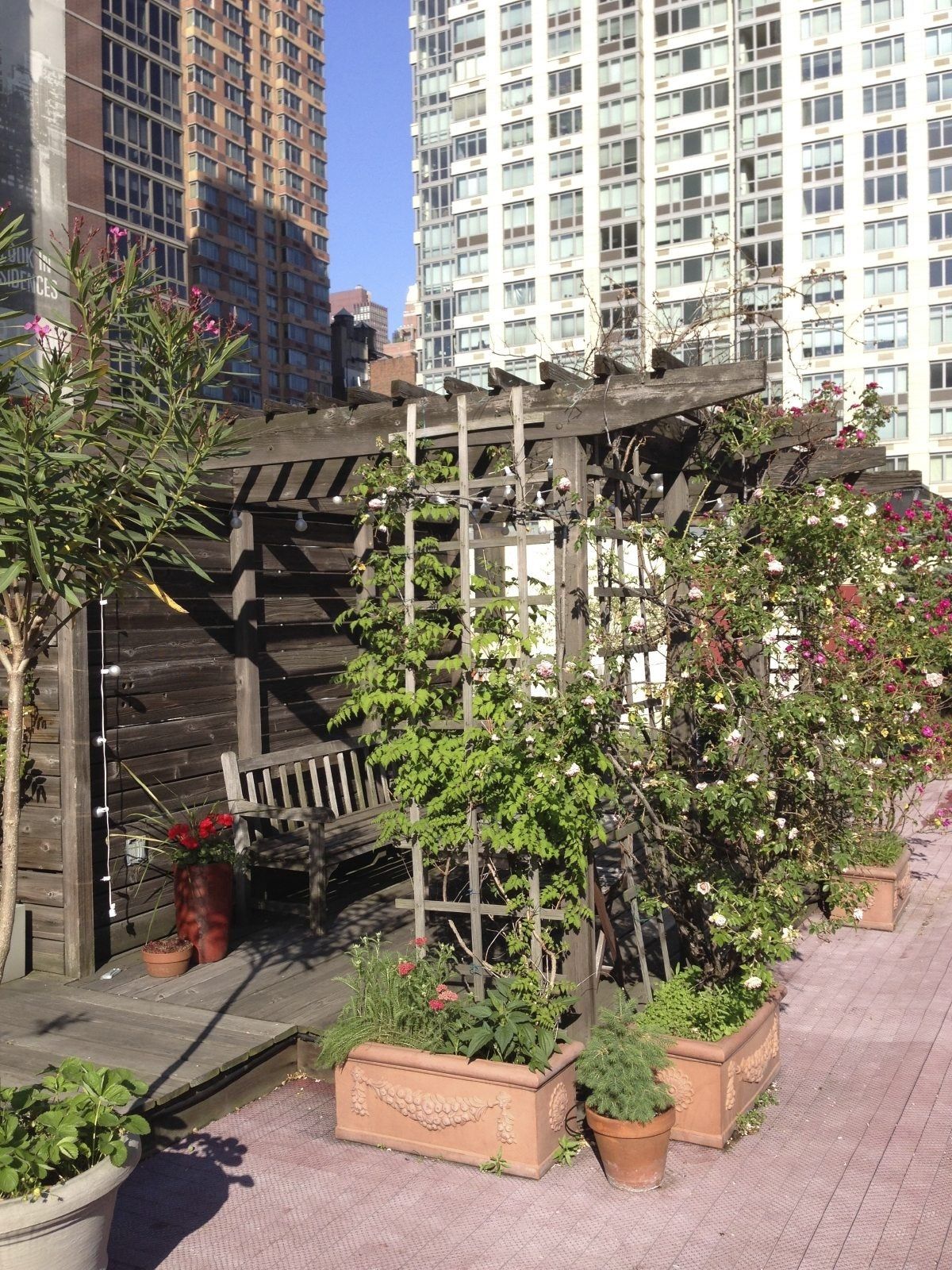The 7-Minute Rule for City Blooming
Table of ContentsCity Blooming Fundamentals ExplainedThe Buzz on City BloomingSee This Report on City BloomingTop Guidelines Of City BloomingThe Only Guide to City Blooming
Fascinated in growing food offer for sale in the City of Chicago? Assuming regarding beginning a community yard? Modifications to the Chicago Zoning Regulation enable farming usages like neighborhood yards and metropolitan ranches in several parts of the city. Below is a list of regularly asked questions relating to the guidelines and laws that cultivators ought to consider when planning a city farming project.
The zoning amendment does not modify any other codes managing composting, building permits, buying or leasing City had residential property, service licenses or ecological contamination. There are existing codes that manage these issues and they remain completely result and might apply to your project. Area gardens are generally had or handled by public entities, public organizations or community-based organizations and preserved by volunteers.
Urban ranches expand food that is meant to be offered, either on a nonprofit or for-profit basis. Due to their business purpose, urban ranches need a service license.
Things about City Blooming
The quantity of garden compost material can not go beyond 25 cubic backyards at any type of given time according to the criteria in 7-28-715 of the City's Municipal Code. Because the soil at many new yard websites needs changing, compost, soil, timber chips, or various other materials can be gotten to construct or improve the growing space.

If a structure license is called for then the hoophouse will be taken into consideration an accessory building. You can learn more about the building permit needs by contacting the Department of Structures. The 25,000-square-foot dimension limitation is intended to stop a single area yard from controling a provided block or interfering with the block's existing residential or business personality.
The restriction does not put on gardens situated in Public Open Room (POS) areas. Can there be more than one community yard that is 25,000 square feet on a solitary block? Yes. The dimension limitation puts on private yards, not to individual blocks. No. Fencing is not called for, nevertheless, gardens that have big parking lot might be called for to set up fence or various other landscape design features.
Unknown Facts About City Blooming
B1 & B2 districts need that all industrial usage activities be performed inside. Is fencing needed for metropolitan ranches? Fences may be needed, along with landscape design and testing, for particular car park locations and outside work or storage areas depending on location and the specific task taking area.
Yes. Urban ranches require building licenses and zoning authorizations before construction. Other forms of city evaluation may be called for depending upon particular frameworks, tasks, size, landscape design, licensing, public health and stormwater monitoring problems. A lot of these needs are identified in the job layout or permitting procedure, however, the applicant may be liable to separately determine certain licenses or permits that might be needed.
Yes. The type of license is identified by what is taking place at the website. The Department of Organization Matters and Consumer Defense can help figure out the particular type of business certificate that's needed. Yes. Off street car parking is required for a lot of business jobs in Chicago. The called for variety of garage is based on the number of staff members working on website and not the square footage of the expanding room.
A Biased View of City Blooming

A metropolitan farm can offer garden compost material produced on website, nonetheless, the procedure needs to abide with the policies in 7-28-715 of the Chicago Municipal Code. Aquaponic systems are enabled indoors on metropolitan ranches in numerous zoning districts.
Up to 5 hives or colonies of honey may be maintained as an accessory use. Beekeepers have to register with the Illinois Department of Agriculture. To learn more concerning the proposed zoning amendment you may get in touch with the Department of Housing and Economic Advancement, Bureau of Preparation and Zoning at 312.744.8563.
Farming in cities and city areas A city ranch in Chicago. Urban farming more helpful hints describes various methods of growing. https://anotepad.com/note/read/ewb5qah3, processing, and dispersing food in city areas. The term likewise puts on the area activities of animal husbandry, tank farming, beekeeping, and horticulture in a city context. Urban agriculture is identified from peri-urban farming, which occurs in rural areas beside suburbs.
What Does City Blooming Mean?
It can involve a movement of natural growers, "foodies" and "locavores", that seek to create social networks based on a shared ethos of nature and community holism. These networks can establish by way of official institutional support, ending up being integrated right into regional town planning as a "shift town" movement for sustainable city growth.
The more straight accessibility to fresh veggie, fruit, and meat products that might be know via urban farming can boost food safety and security and food safety while reducing food miles, bring about lower greenhouse gas exhausts, thus contributing to environment change mitigation. Several of the very first proof of metropolitan agriculture originates from Mesopotamia.